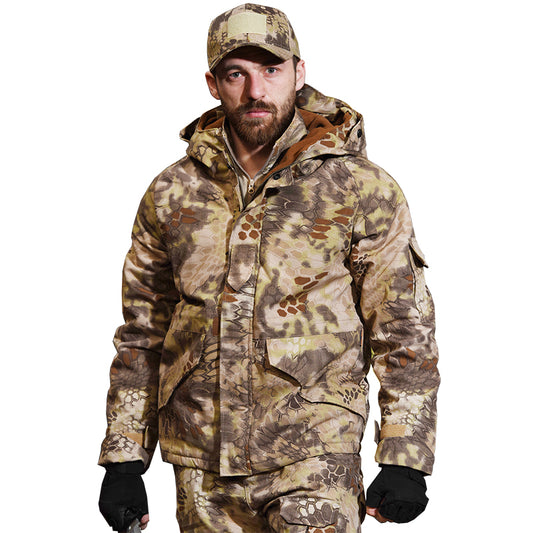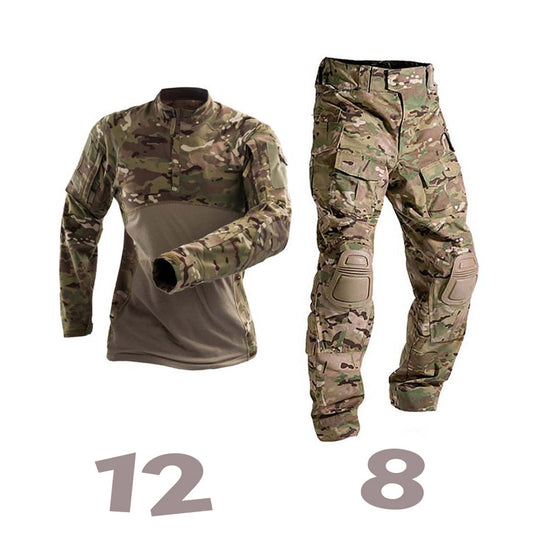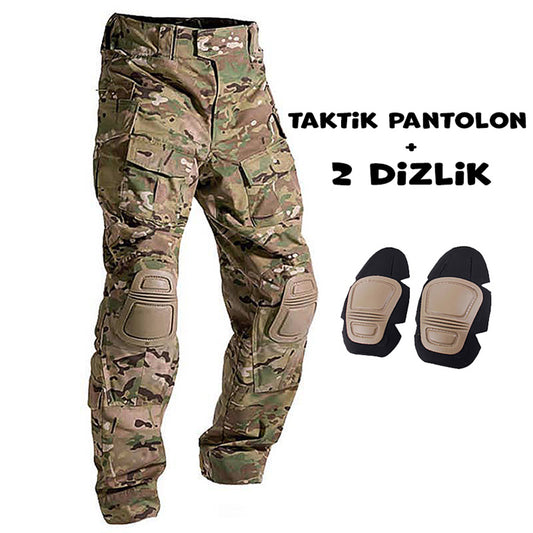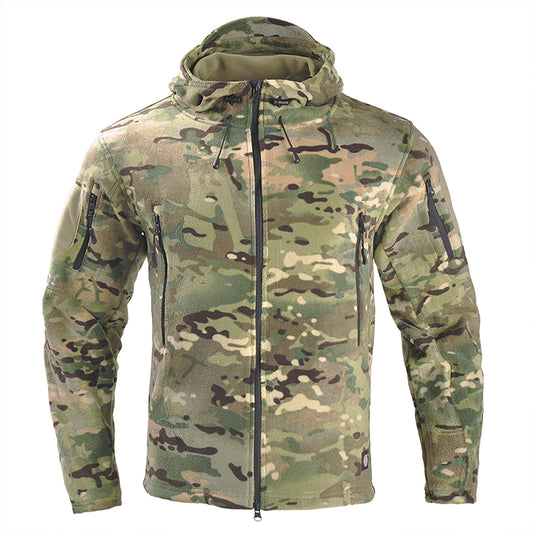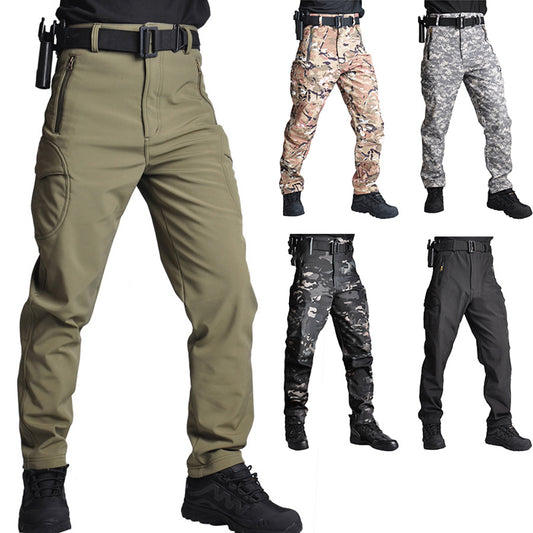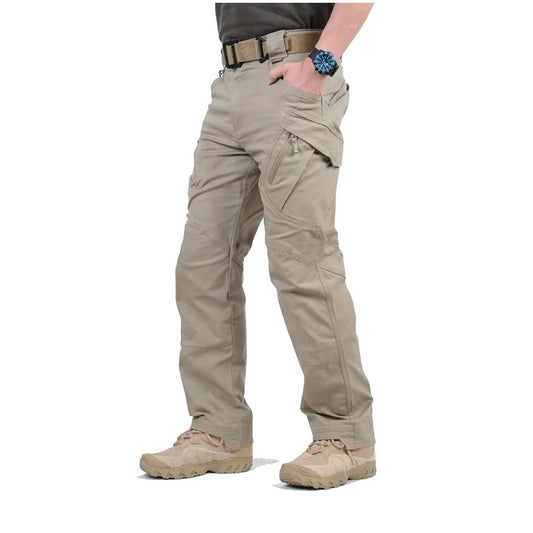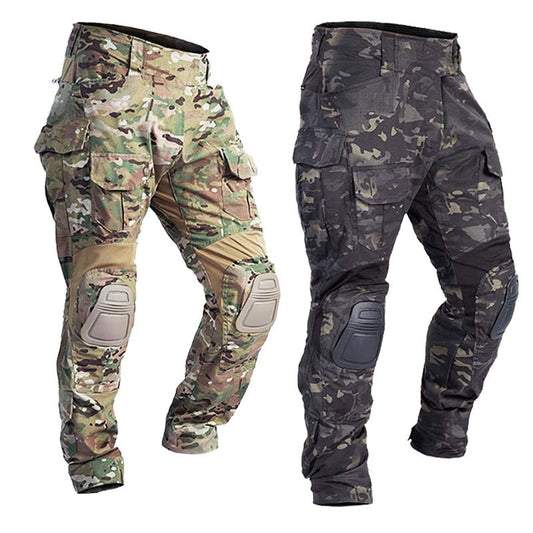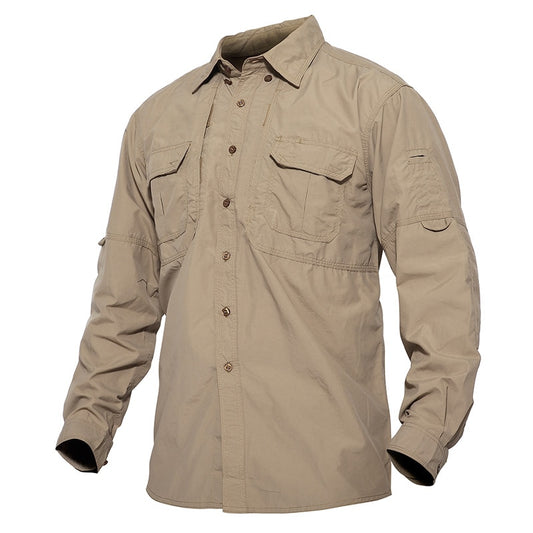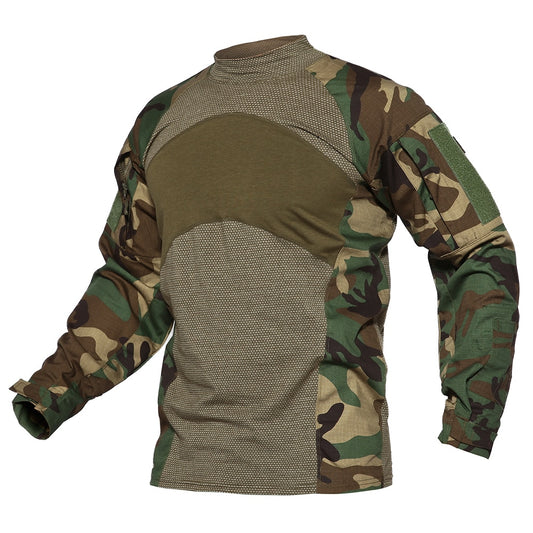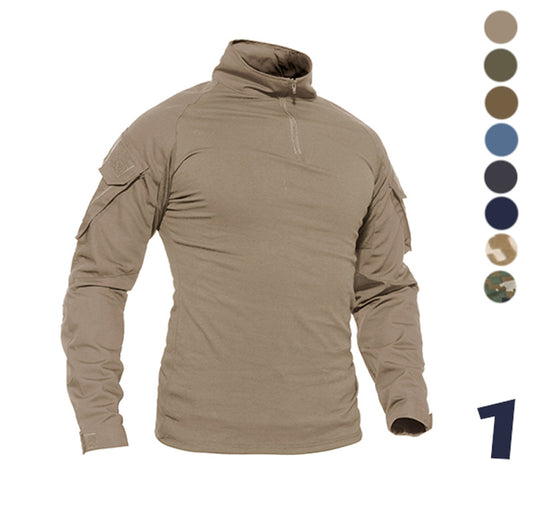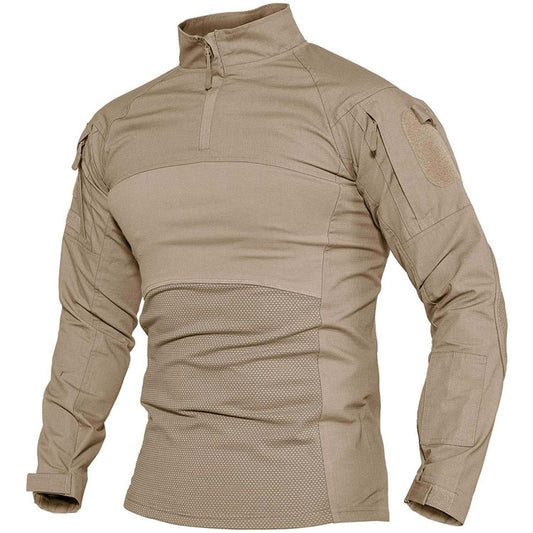How to Take Shirt Measurement
When buying a shirt, it is especially important that the shirts fit the body. This article will explain how to take shirt measurements and what to pay attention to.
Neck Circumference Measurement

Neck circumference measurement is important for collared shirts. Here is the neck circumference measurement step by step:
- Place the measuring tape around the neck, at the level of the Adam's apple.
- Take accurate measurements by leaving your body relaxed.
- Gently squeeze the measuring tape to remove any slack and pinch one or two fingers in between to provide adequate room.
- If the measurement falls between sizes, round up to the next size.
Shoulder Width Measurement
An assistant may be needed for shoulder width measurement. Here is the shoulder width measurement step by step:
- Place the measuring tape from one shoulder to the other, arching it in the upper back area.
- If measuring an existing shirt, lay the shirt on a flat surface and measure at the shoulder seams.

Chest Circumference Measurement
Chest circumference measurement is important to ensure that the shirt fits the body. Here is the chest circumference measurement step by step:
- Take measurements with your arms relaxed and in your normal posture.
- Place the measuring tape on the widest part of the chest, in line with the armpits.
- Keep the measuring tape flat and tight all around, pinching one or two fingers in between to provide enough room.
- Be careful not to squeeze your chest; This may cause you to get incorrect measurements and your shirt will be large.

Waist Circumference Measurement
Waist circumference measurement is important to ensure the fit of the shirt's waist. Here is the waist circumference measurement step by step:
- Take measurements in your normal posture and without pulling your abdominal area in.
- Place the measuring tape at belly level and at its narrowest part.
- Keeping the measuring tape flat all around, add half an inch or so to allow for wiggle room.
Shirt Length Measurement
An assistant may be needed to measure shirt length. Here is the shirt length measurement step by step:
- Start the measuring tape at the base point at the back of the neck.
- Lower the measuring tape to where the shirt should end, usually at hip level.
- If measuring an existing shirt without assistance, lay the shirt on a flat surface and measure starting from the collar.

Arm Length Measurement
Have an assistant still with you to measure arm length. Here is the arm length measurement step by step:
- Starting the measuring tape at the shoulder point, measure to the elbow and then to the edge of the cuff, following the rolled up arm.
- When taking this measurement, bend your arm substantially to allow room for movement and flexibility.

Arm Width Measurement
Sleeve width measurement is important to ensure the fit of the shirt sleeves. Here is the arm width measurement step by step:
- With your arm relaxed at your side, find the widest area and place the measuring tape around this area.
- Be careful not to pull too tightly and do not add extra space.
- If measuring an existing shirt, lay the shirt on a flat surface and measure from the armpit seam. Multiply the measurement by two.

The Fit of a Well-Measured Shirt
Taking accurate measurements is important to get the best look in any shirt. A well-measured shirt will fit your body perfectly. Shirt parts such as shoulders, sleeves and cuffs should fit the shape of your body.
Factors Affecting Shirt Sizes
The cut of the shirt may slightly affect its measurements. For example, there will be differences between a classic cut shirt and a slim fit shirt. Although both shirts are the same size, there may be slight differences in size.
Slim Fit Shirts
Since slim fit shirts have a closer cut to the body, their chest, waist and sleeves are produced in narrower sizes. Therefore, the measurements of slim fit shirts are different from classic cut shirts.
Classic Cut Shirts
Classic cut shirts, on the other hand, have a wider and more comfortable cut. There is more fabric around the arms, chest and shoulder areas. That's why the measurements of classic cut shirts are slightly different from slim fit shirts.
Conclusion
When taking shirt measurements, it is important to use correct measurement techniques and get accurate results while leaving your body relaxed. In this way, it ensures that your shirt fits your body perfectly and you get a stylish look. Good measurements and choosing the appropriate cut are key to getting the best look in any shirt. Therefore, when purchasing a shirt or having a custom shirt made, it is of great importance to take accurate measurements and choose the appropriate cut.
blogs
-
How to Take Shirt Measurement
When buying a shirt, it is especially important that the shirts fit the body. This article will explain how to take shirt measurements and what to pay attention to. Neck...
How to Take Shirt Measurement
When buying a shirt, it is especially important that the shirts fit the body. This article will explain how to take shirt measurements and what to pay attention to. Neck...
-
Military Jacket Camouflage Tactical Hooded Tactical Coat 249259
Regular price 3,772.00TLSale price 3,772.00TLUnit price / per -
Tactical Trousers 17921701
Regular price 2,538.00TLSale price 2,538.00TLUnit price / per -
Tactical Trousers with Knee Pads 19556055
Regular price 2,538.00TLSale price 2,538.00TLUnit price / per -
Military Jacket Camouflage Tactical Fleece Tactical Coat 531236
Regular price 2,682.00TLSale price 2,682.00TLUnit price / per -
Tactical Trousers 61263491
Regular price 1,818.00TLSale price 1,818.00TLUnit price / per -
Tactical Trousers 97528827
Regular price 2,365.00TLSale price 2,365.00TLUnit price / per -
Tactical Trousers 13554130
Regular price 2,221.00TLRegular priceUnit price / per1,371.00TLSale price 2,221.00TL -
Tactical Trousers 15621041
Regular price 1,961.00TLRegular priceUnit price / per1,298.00TLSale price 1,961.00TL -
Tactical Trousers 19102627
Regular price 2,711.00TLRegular priceUnit price / per1,655.00TLSale price 2,711.00TL -
Cargo Pants 17921701
Regular price 2,538.00TLSale price 2,538.00TLUnit price / per -
Tactical Trousers 97528827
Regular price 2,365.00TLSale price 2,365.00TLUnit price / per -
Tactical Trousers 12265068
Regular price 1,961.00TLRegular priceUnit price / per1,298.00TLSale price 1,961.00TL -
Tactical Shirt 47038624
Regular price 1,919.00TLSale price 1,919.00TLUnit price / per -
Tactical Shirt 31210813
Regular price 1,919.00TLRegular priceUnit price / per1,182.00TLSale price 1,919.00TL -
Military Long Sleeve T-Shirt 76535708
Regular price 1,998.00TLRegular priceUnit price / per1,244.00TLSale price 1,998.00TL -
Military Long Sleeve T-Shirt 69888396
Regular price 2,538.00TLRegular priceUnit price / per1,285.00TLSale price 2,538.00TL -
Military Long Sleeve T-Shirt 42956655
Regular price 2,135.00TLRegular priceUnit price / per1,329.00TLSale price 2,135.00TL


